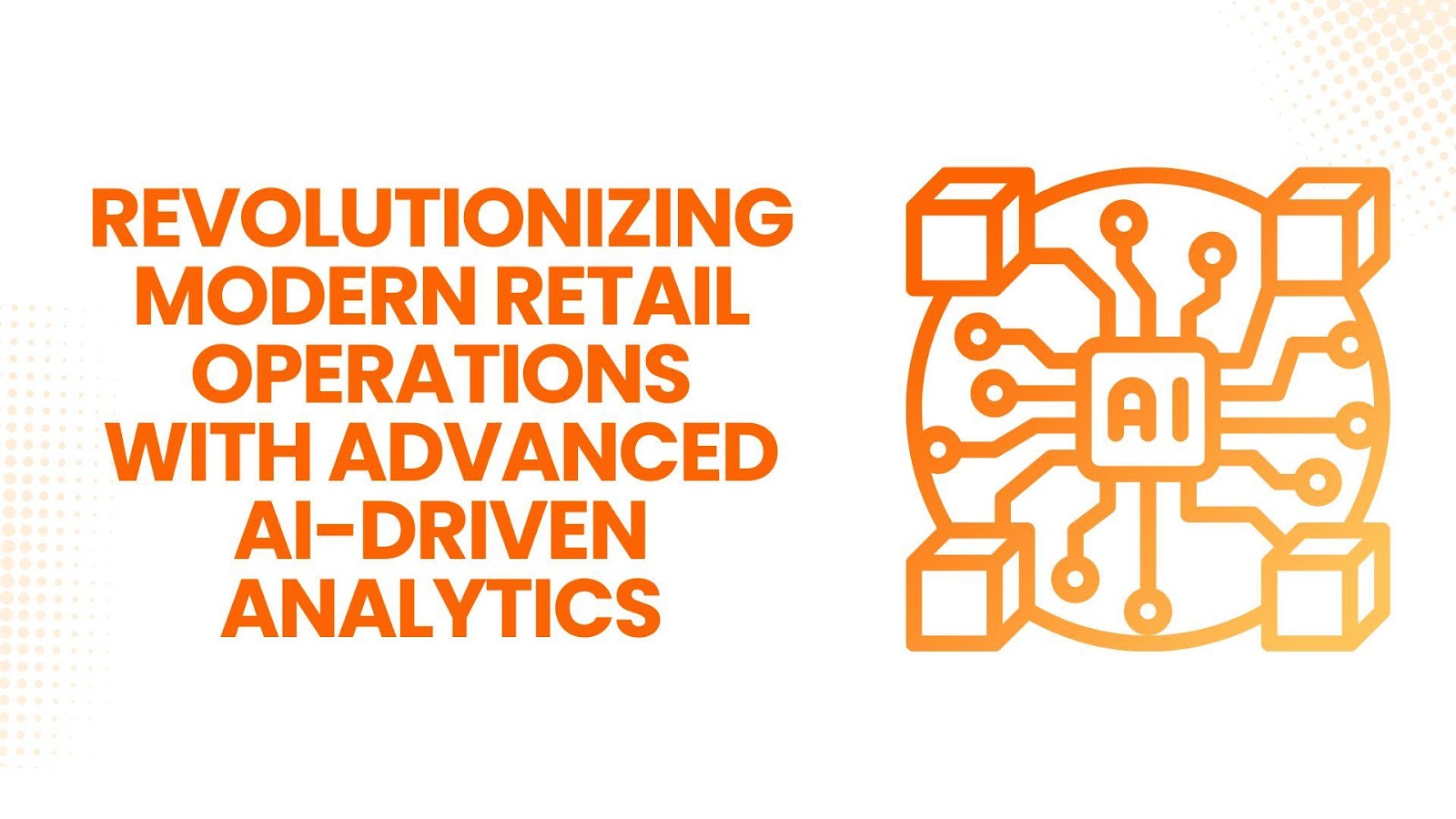In this modern era, where technology is reshaping every facet of business, retail operations are no exception. Through her insightful research, Vinodhini Chandrasekaran explores the transformative power of AI-driven spatial analytics in enhancing store performance and customer experience. Her work highlights how integrating advanced tracking and data analysis technologies is redefining the retail landscape while addressing critical aspects like privacy and scalability. This shift empowers retailers to stay competitive in a fast-evolving marketplace and meet growing customer expectations with innovative solutions. By leveraging AI, retailers can create more personalized and efficient shopping experiences, ensuring greater customer satisfaction. Additionally, these technologies help businesses optimize resource allocation and operational workflows, boosting overall profitability.
Harnessing Spatial Data for Retail Optimization
AI-powered spatial analytics is at the forefront of revolutionizing retail. By leveraging advanced tracking technologies, retailers can map customer movements, understand in-store behaviors, and optimize layouts. Heatmaps generated through geospatial data offer precise insights into customer flow, enabling better allocation of staff and inventory. These innovations reduce search time for customers and boost sales in underperforming areas, transforming retail spaces into highly efficient ecosystems. Additionally, data-driven store layouts create a more intuitive shopping environment, enhancing customer satisfaction and driving repeat visits.
Customer Journey Mapping: The New Frontier
Understanding the customer journey has become a game-changer for retailers. AI-driven systems analyze millions of daily touchpoints, correlating in-store movements with purchase behaviors. This unified view allows for seamless integration of online and offline activities, offering a comprehensive understanding of customer interactions. By identifying critical conversion points, retailers can refine their strategies to enhance both engagement and satisfaction. These insights also support better merchandising decisions, ensuring that products are placed where they are most likely to attract customer interest.
Personalized Marketing Strategies
AI has unlocked unprecedented possibilities for personalized marketing. Advanced analytics track shopping behaviors and preferences, enabling retailers to design highly targeted campaigns. By strategically placing promotional zones in high-traffic areas and optimizing marketing efforts in real-time, businesses can achieve significant improvements in conversion rates and footfall. These strategies ensure that every customer interaction is meaningful and impactful. Moreover, they allow retailers to align their offerings with customer preferences, increasing both sales and brand loyalty.
Privacy and Security: The Pillars of Trust
In the digital age, privacy and security are non-negotiable. Retail analytics systems are evolving to incorporate robust measures such as encryption, anonymization, and federated learning. These technologies safeguard sensitive data while maintaining analytical capabilities, ensuring compliance with stringent regulations. By prioritizing data protection, retailers build trust and foster loyalty among their customers. Transparency in data usage further strengthens this trust, reassuring customers about the safety of their personal information.
System Scalability for Modern Demands
As data volumes grow, scalability has become a crucial consideration in retail analytics. Cloud-based solutions and automated infrastructures empower retailers to handle peak demands efficiently. Advanced encryption and key management further enhance data security, enabling organizations to process vast datasets without compromising performance. Scalable systems also adapt to changing business needs, ensuring that retailers can seamlessly expand their operations. This flexibility allows businesses to innovate and respond swiftly to market dynamics.
Paving the Way for Future Innovations
The integration of machine learning and predictive analytics is paving the way for groundbreaking advancements in retail. From automating visual merchandising tasks to real-time demand forecasting, these technologies are reshaping operational frameworks. Retailers adopting these innovations are experiencing improved customer retention, increased efficiency, and enhanced profitability. Enhanced analytics also foster creativity in marketing and merchandising strategies, ensuring a competitive edge. These advancements signify a future where AI will drive smarter, more agile retail operations.
In conclusion, the adoption of AI-powered spatial analytics is transforming the retail industry, driving efficiency and personalization like never before. By leveraging cutting-edge technologies, retailers can gain deeper insights into customer behaviors, optimize operations, and deliver superior shopping experiences. Vinodhini Chandrasekaran’s research underscores the importance of balancing innovation with ethical considerations, providing a roadmap for sustainable success in the evolving retail landscape. As technology continues to advance, her work inspires a future where innovation, efficiency, adaptability, and customer-centricity go hand in hand seamlessly.

































